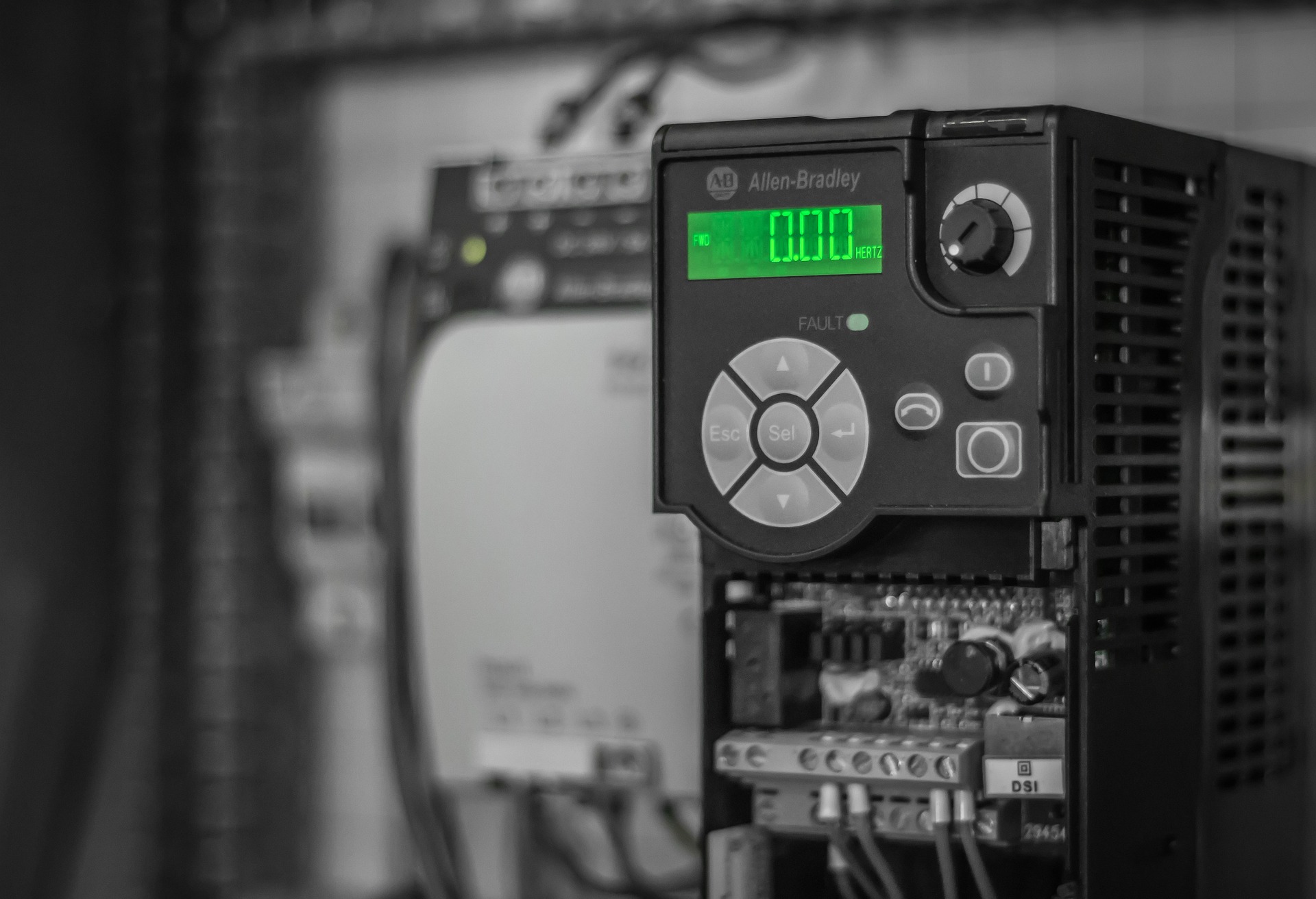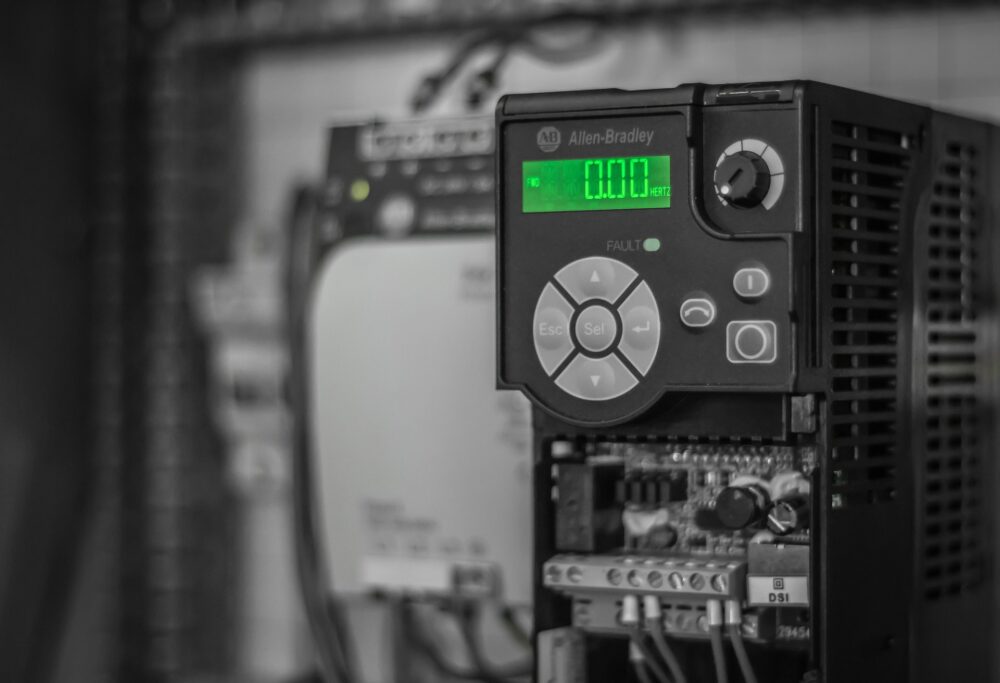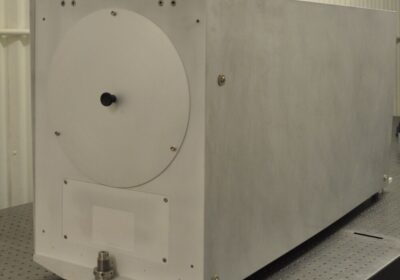~ Automation beyond the basics ~
At Hannover Messe 2024, Siemens unveiled the first generative AI product tailored for engineering in an industrial environment, called the Siemens Industrial Copilot. Integrated with Siemens TIA Portal, Industrial Copilot is changing how engineering teams approach programmable logic controllers (PLCs). Here, Tom Cash, director of automation parts supplier Foxmere, explains how the shift from theory to practical application of generative AI-powered tools will benefit engineers.
The most common programming language for PLCs is ladder logic (LL), which mimics the appearance of electrical relay logic diagrams. Engineers manually design the logic by arranging symbols, such as contacts, coils, timers and counters, in a graphical format that represents the sequence of operations in a control process.
Now, with the integration of generative AI, the traditional process of PLC programming is evolving, offering engineers powerful new tools to streamline and enhance their work. As Dr. Steven Althaus of Grenzebach Group implies, generative AI isn’t just a tool, it’s a “must have.”
Thanks to the Industrial Copilot software, engineers can quickly locate the right help topics, generate basic visualisations and expedite PLC code development. This marks a significant leap forward in the application of AI in industrial automation, but what are the benefits?
HMIs
To clarify, Siemens Industrial Copilot uses advanced AI algorithms to generate PLC code in Structured Control Language (SCL).
This is a key development because it eliminates the need for engineers to manually write and copy-paste code. Additionally, the software offers step-by-step guidance on repairs and will even suggest ideas to improve broader system performance.
Siemens Industrial Copilot also suggests code snippets directly within the TIA Portal, simplifying the coding process and further reducing the probability of human error. As mentioned, the AI can also create visualisations for machines or plants using WinCC Unified, streamlining the creation of intuitive interfaces for monitoring and control.
For instance, in a food processing plant, operators rely on human-machine interfaces (HMIs) to monitor production lines, track ingredient usage and ensure compliance with safety regulations. Customising these HMIs to suit the specific needs of different products or production lines can be challenging.
Siemens Industrial Copilot can assist engineers by generating initial HMI designs based on a line’s requirements, which can then be refined to meet specific operational needs.
Skills gap
Beyond code generation, Siemens Industrial Copilot offers valuable assistance by explaining SCL code blocks and guiding engineers through complex tasks. This capability helps demystify intricate code and supports engineers in understanding and implementing complex automation logic.
The app also features natural language search for Siemens manuals, allowing users to quickly find relevant information without wading through extensive documentation.
This is particularly important during a time where industries are facing a shortage of skilled labour because this software can act as a digital assistant, guiding less experienced engineers and operators through complicated tasks.
This capability is valuable in industries like infrastructure and transportation, where skilled technicians are in high demand but often hard to find.

Accuracy and efficiency
Siemens Industrial Copilot is integrated with Siemens Xcelerator, a digital business platform that includes automation and process simulation information.
This allows the AI to analyse data from across the factory and suggest optimisations, making industrial processes more efficient. By automating repetitive tasks and providing intelligent code suggestions, Copilot significantly reduces the engineering workload.
This not only saves time but also makes the process less prone to human error, leading to more reliable automation solutions. Put simply, the result is shorter development times, a codebase with fewer bugs and increased productivity.
In a wind turbine manufacturing facility, for example, generative AI could analyse vast amounts of production data to uncover patterns. Here, it might recommend adjusting the speed of a particular machine to balance energy efficiency with output, leading to significant cost savings and a more sustainable operation.

PLC parts
Most of today’s PLCs execute pre-programmed instructions, often in LL or other structured languages.
Usually used in conjunction with SCADA systems, PLCs monitor inputs from sensors, make logical decisions and control outputs to actuators, like motors.
That’s why choosing the right controller for your application is regarded as the fundamental step in ensuring optimal performance and reliability in your system.
Historically, PLCs revolutionised industrial automation by replacing cumbersome relay-based systems with programmable controllers capable of executing complex control sequences.
Now, the integration of generative AI technology in the Siemens Industrial Copilot marks a new chapter in this evolution, which will be of huge benefit to engineers and manufacturers alike.
Automation parts suppliers can supply and advise plant managers on the right cost effective PLC for their application or provide you with guidance on how to look after your PLC.
If you would like assistance sourcing one, then please get in touch via the Foxmere website.








